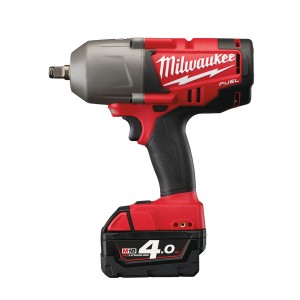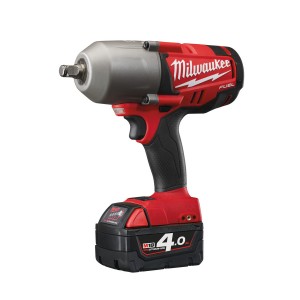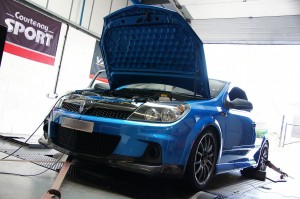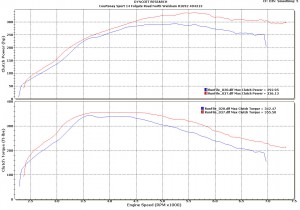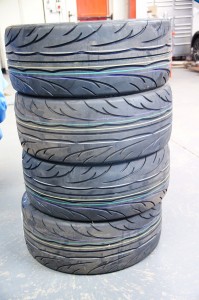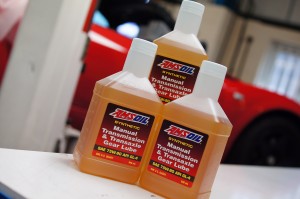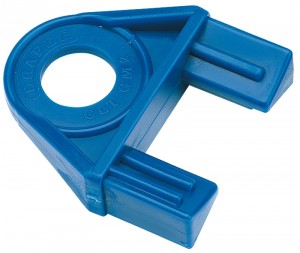High Torque Cordless Impact Wrench
- Oct 29th. 2014
- By mapw
The time had come for a more powerful cordless impact wrench which would be useful not only at trackdays for removing wheel bolts if needed, but also for use in the workshop and at home for some of the more difficult to undo nuts and bolts. It is all very well having everything to hand in a workshop such as compressor, air impact wrench and such like, but when without a workshop and all the associated tools to hand you do not want to get stuck in the middle of a task.
I knew that Snap-On cordless impact wrenches were good from previous experience (of borrowed use!), but they were sadly outside of my budget for a powerful unit at around £600, plus the breakaway torque was quoted at 840Nm/620 lb ft and the 18v model only has a 2.5Ahr battery, so they were removed from the list. There are many ‘middle of the road’ cordless impact wrenches on the market, but I wanted something with some grunt, so the search began.
After some online research, reading reviews and watching some of the You Tube demonstration videos, I decided that one of the Milwaukee M18 ½″ High Torque Impact Wrenches would be ideal, having looked at several offerings from other manufacturers.
Initially the one that caught my attention offered 610Nm of fastening torque, the HD18 HIWF, which I thought would be more adequate for what I would need. But as with all things it is always better to over spec than under spec.
In the end I opted for the M18 FUEL™ model, M18 CHIWF12. The spec on it is massive, and main feature that drew me to this particular M18 FUEL™ high torque impact wrench was its ability not only to deliver pneumatic fastening performance of up to 950 Nm max of fastening torque but it also offers up to 1491 Nm nut-busting torque. Hub Retaining Bolts, Driveshaft Nuts, Bottom Pulley/Crank Pulley Bolts can all be undone with ease. When I saw the abilities of this particular unit it was a simple choice.
So far I have been impressed with the features and its peformance. In the UK they come with a 3 year warranty, the build quality is excelent and so far it is impossible to fault. It also has a setting offering tightening torque up to 135Nm, which is great for carefully and quickly doing up wheel bolts, prior to final checking with a torque wrench.
An expensive purchase, yes, but justifiable considering its capabilities. There are many impact wrenches out there, but this particular wrench seems to cope with anything thrown at it. Highly Recommended.
